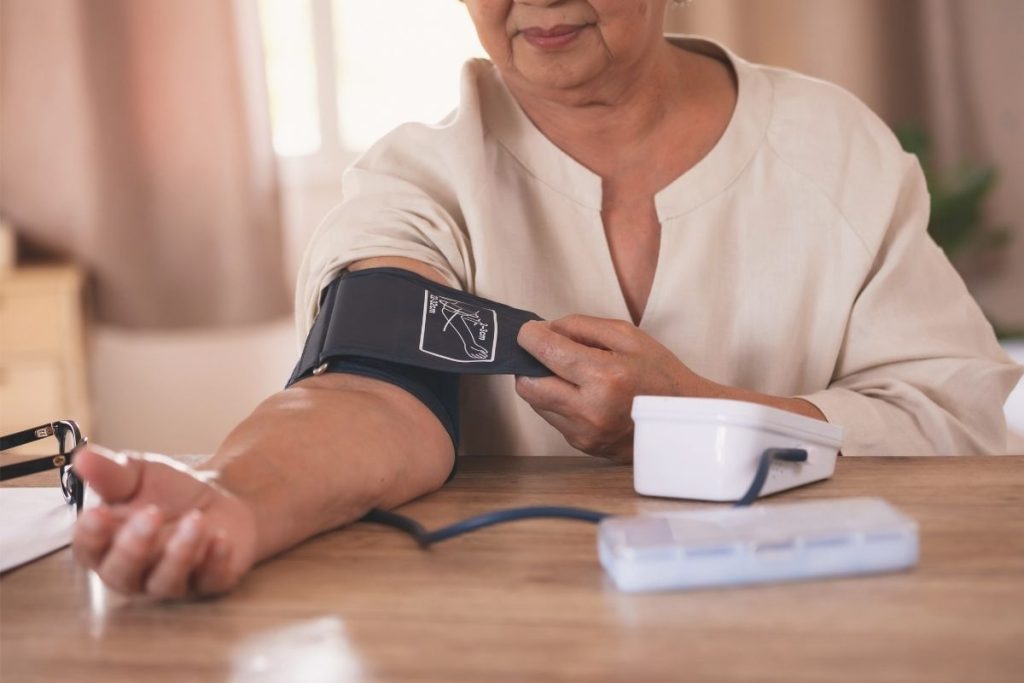
Whether it’s stress, anxiety, or chronic pain that’s holding you back, learn how you can take control of your well-being by training your nervous system with biofeedback.
What is it?
Biofeedback is a mind-body therapy that can help you regulate involuntary functions like heart rate, breathing, and muscle activity by enhancing sensory feedback. For over 50 years, biofeedback has been used to alleviate symptoms related to neuromuscular disorders, chronic pain, insomnia, mental health conditions, and more.
How does it work?
Biofeedback provides health metrics based on the body’s signals and can be administered by a practitioner or at home. During a professional session, a trained practitioner will place painless sensors or devices on your body to monitor physiological signals with the help of a computer, which will generate feedback. The practitioner will then use this information to suggest strategies to improve your body’s functions.
Try it out
Thermometers and blood pressure machines are examples of simple, at-home biofeedback devices. More complex, professional devices include:
- electroencephalographs (EECs) to monitor brain waves
- electrocardiograms (ECGs) to monitor heart rate and variability
- electromyographs (EMGs) to monitor muscle tightening
You can request biofeedback sessions at hospitals and physical therapy clinics. Once you learn the basics from a professional, you may have some fresh take-home techniques that can help you reap the benefits at home!
Tech talk
Some wearable tech options (like smartwatches) feature apps that are designed to help you track your heart rate, sleep cycles, and breathing, which are key components of biofeedback therapy.
This article was originally published in the July 2025 issue of delicious living magazine.